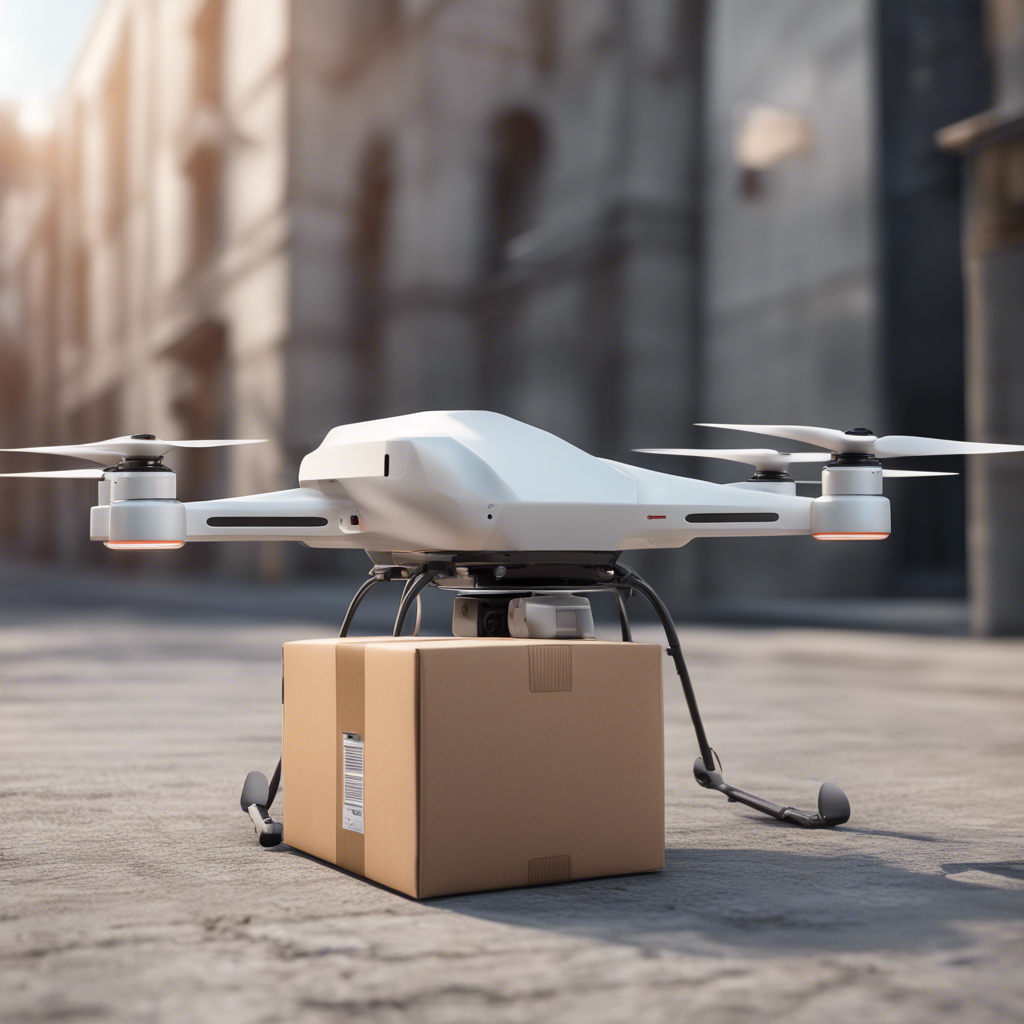
IoT and Home Automation: The Future of Living
With the rapid advancement in technology, the concept of smart homes has become increasingly popular, changing the way we interact with our living spaces. Internet of Things (IoT) and home automation solutions are at the forefront of this evolution, offering convenience, efficiency, and customization to homeowners. In this comprehensive blog post, we will explore the transformative impact of IoT and home automation on modern living.
What is IoT and Home Automation?
Internet of Things (IoT) refers to the network of interconnected devices that exchange data and communicate with each other over the internet. These devices can range from smart thermostats and lighting systems to security cameras and wearable gadgets. By enabling these devices to connect and share information, IoT technology creates a smart ecosystem within the home.
Home automation, on the other hand, involves the automation of various tasks and systems within a home, such as lighting, heating, cooling, security, and entertainment. Home automation systems can be controlled remotely through smartphones or voice commands, providing users with convenience and flexibility in managing their living spaces.
Benefits of IoT and Home Automation
1. Convenience and Comfort
- IoT devices and home automation systems allow homeowners to control various aspects of their home environment remotely. For example, users can adjust the thermostat, turn off lights, or even lock doors with a simple tap on their smartphone.
- Voice-activated assistants like Amazon Alexa and Google Home further enhance convenience by allowing users to control smart devices through verbal commands.
2. Energy Efficiency
- Smart thermostats and lighting systems can optimize energy consumption by adjusting settings based on occupancy and user preferences. This results in lower utility bills and reduced environmental impact.
- Home automation systems can help homeowners monitor and manage their energy usage more effectively, contributing to a sustainable living environment.
3. Security and Safety
- IoT-powered security cameras, smart locks, and motion sensors offer enhanced home security features, allowing homeowners to monitor their property in real-time and receive alerts in case of suspicious activities.
- Home automation systems can integrate smoke detectors, carbon monoxide sensors, and water leak detectors to ensure the safety of occupants and prevent potential disasters.
4. Customization and Personalization
- IoT devices and home automation solutions can be tailored to suit the unique preferences and lifestyle choices of homeowners. From setting up personalized lighting scenes to creating automated schedules for appliances, the possibilities for customization are endless.
- By analyzing user behavior and patterns, smart home systems can learn and adapt to individual needs, creating a truly personalized living experience.
Challenges and Considerations
While IoT and home automation offer numerous benefits, there are certain challenges and considerations that homeowners should be aware of:
- Data Privacy and Security: The proliferation of connected devices raises concerns about data privacy and security. Homeowners should ensure that their smart home systems are equipped with robust security features to protect their personal information.
- Interoperability: Compatibility issues between different IoT devices and platforms can pose challenges in creating a seamless and integrated smart home environment. Homeowners should research and choose devices that are interoperable and can communicate effectively with each other.
- Cost and Maintenance: Investing in IoT devices and home automation systems can be costly, particularly for comprehensive setups. Homeowners should factor in the initial cost of equipment, installation, and ongoing maintenance when considering smart home solutions.
Future Trends in IoT and Home Automation
As technology continues to evolve, several trends are shaping the future of IoT and home automation:
- 5G Connectivity: The rollout of 5G networks will enable faster and more reliable connectivity for IoT devices, paving the way for more advanced smart home applications.
- Artificial Intelligence and Machine Learning: AI-powered smart home systems will become increasingly prevalent, allowing for predictive analytics, automation of routine tasks, and enhanced user experiences.
- Integration with Smart Cities: IoT-enabled homes will be integrated with smart city infrastructure, promoting sustainability, efficient resource management, and enhanced quality of life for residents.
Conclusion
In conclusion, IoT and home automation technologies are revolutionizing the way we live and interact with our living spaces. By harnessing the power of connected devices, automation, and data analytics, homeowners can create smart, efficient, and personalized environments that cater to their individual needs and preferences. While there are challenges and considerations to navigate, the future of IoT and home automation holds tremendous promise for transforming the concept of home living in the digital age.
For more information on IoT and home automation, check out the following reputable sources:



